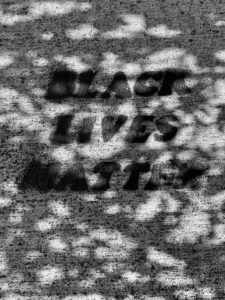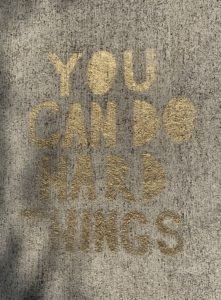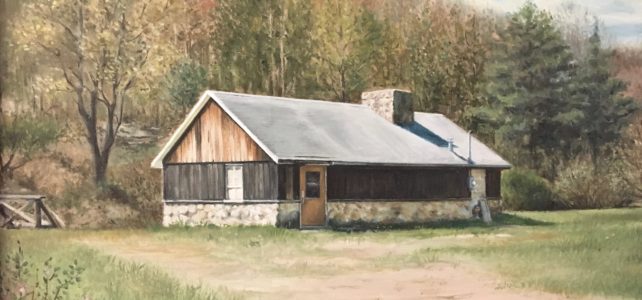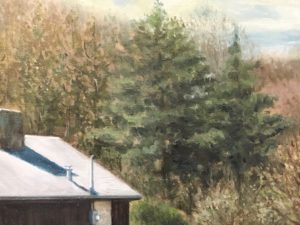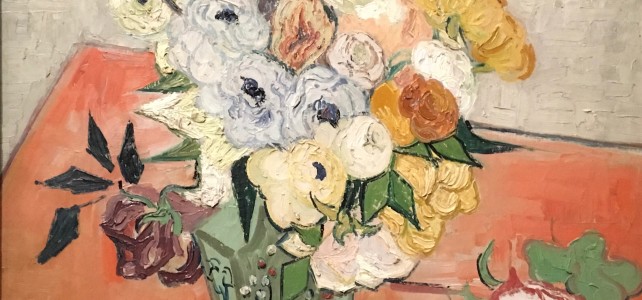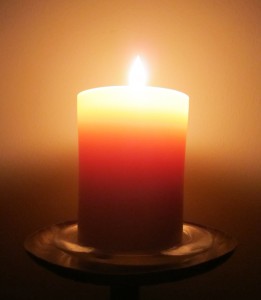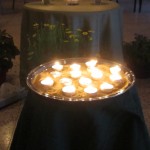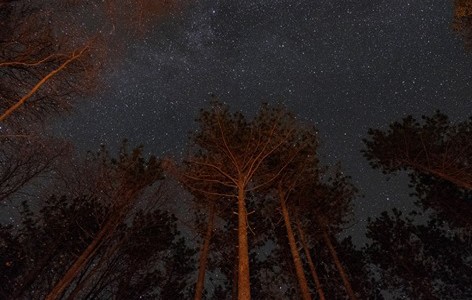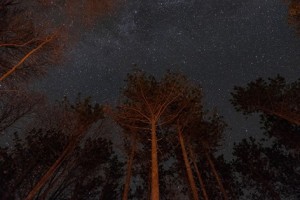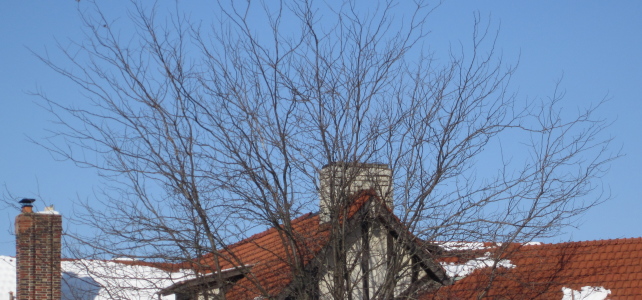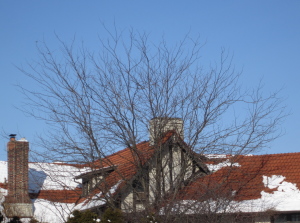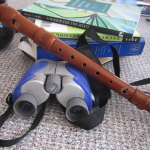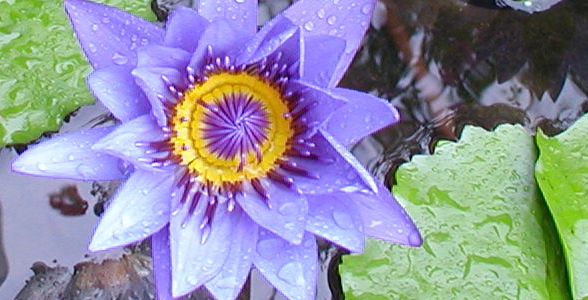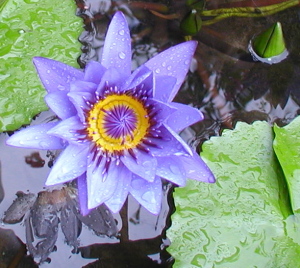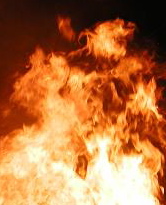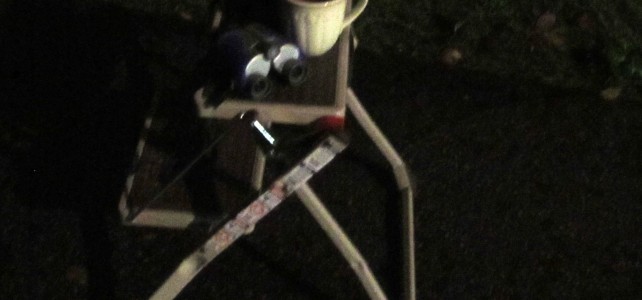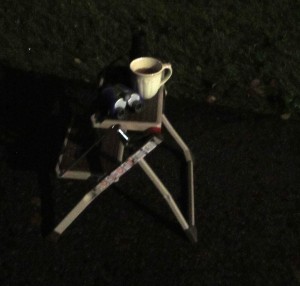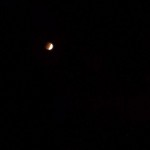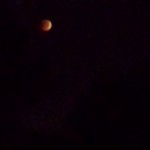I’m embarrassed to say I don’t know the people who live in the apartment across the street from mine. (There are six two-story flats, three on each side of the street, mirror images of each other.) I can’t completely blame pandemic restrictions for my ignorance. While one tenant moved in during the lockdown, the other has been there for years. I suspect the newer occupants and I share some convictions. Once they moved in, a Biden for President sign appeared. So did the rainbow colored one that states, among other things, “Black Lives Matter,” “Science Is Real,” and “Love is Love” in descending stripes of color.
We share something else: Christmas lights glowing out into the darkness. Theirs are brightly colored and encircle the small front porch, winding up one wrought iron support, across the front of the little roof, and down the other. Bigger lights frame the picture window in their living room.
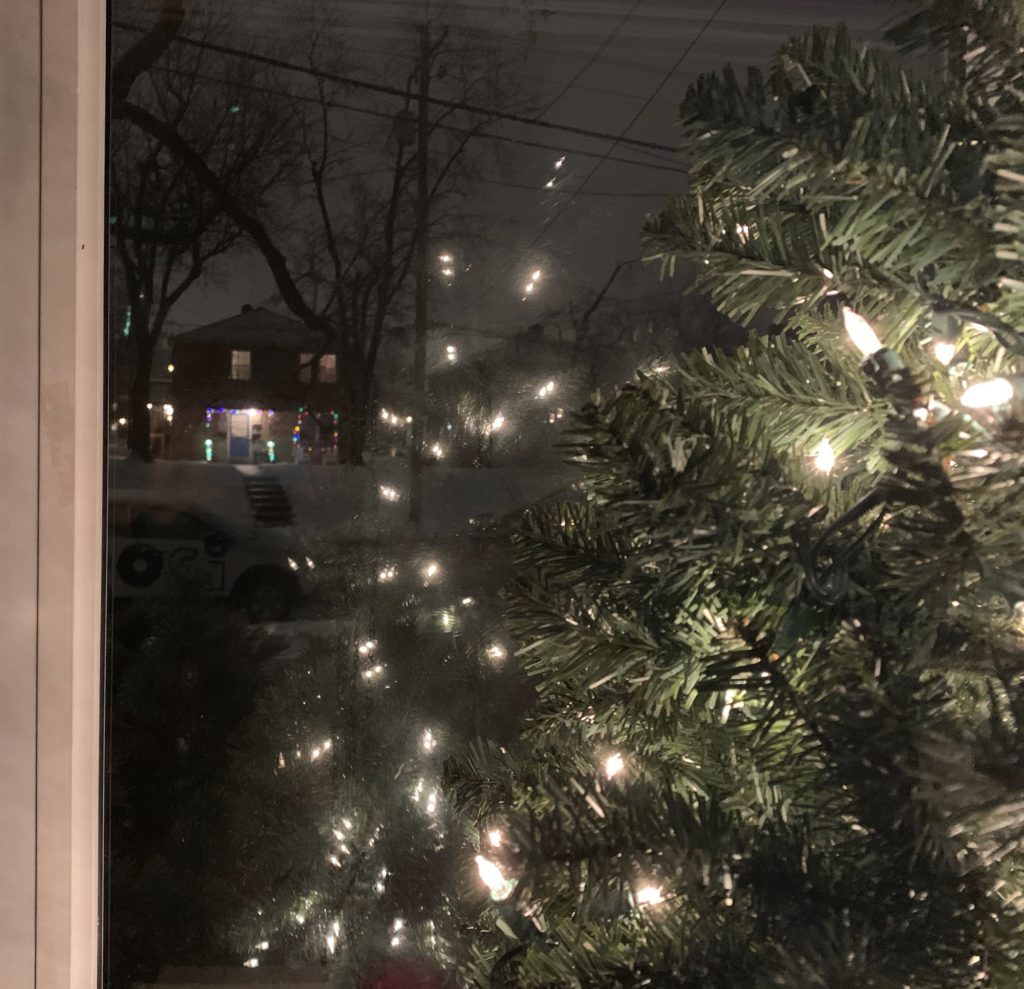
My white, mini-lights shine through the picture window from the small artificial tree that stands on the buffet. This would not be unusual except that it is January 31. We’re the last holdouts on the street.
Each evening I go over to the buffet and switch on the lights. They are the only thing left on the tree. Ornaments from family and friends have long returned to storage, but I just can’t bring myself to banish the lights to the basement.
I look across the street to see if my neighbors’ lights are still up, wondering who will be the first to take them down. Passersby might shake their heads or think it’s laziness or just plain craziness that makes someone keep Christmas lights up into February.
It’s not. I have reasons. For starters, the past twelve months haven’t been the usual and for most people around the world, holiday celebrations were radically changed.
I’m a dyed-in-the-wool “nothing ‘Christmas’ up until close to Christmas Eve” person. I credit my Catholic upbringing that focused on Advent during the weeks before December 25. And my parents, who, by some miracle of stamina and determination, didn’t hang a single Christmas decoration until we all returned from the December 24 midnight vigil mass, had a snack to break the fast, and me and my four siblings were snug in our beds. No wonder mom had to pry dad out of bed at the crack of dawn so eager kids could descend the stairs into a magically transformed house complete with tree, candles, and piles of presents.
But this year I carried my tree up from the basement the first week of December. What possessed me? I longed for the comfort of Christmas lights. Making peace with my inner Catholic guilt, I added ornaments slowly, a couple a day. Actually, it was lovely. The carefully chosen few had strong connections to my daughters, family, good friends, and memories, and I had time to savor each one.
Every evening, after turning off ceiling lights and lamps, I switched on the Christmas tree and sat in darkness to enjoy the tiny points of light. Sometimes I looked at a few illuminated ornaments and thought about the person it brought to mind. Sometimes I just sat and stared and didn’t think much of anything.
The lights stayed on as I fixed dinner, read, watched a movie, or connected with someone on the phone or texting. Before heading to bed, I curled up on the couch and gazed at them again, then reluctantly switched them off while looking across the street. My neighbors’ lights were always on.
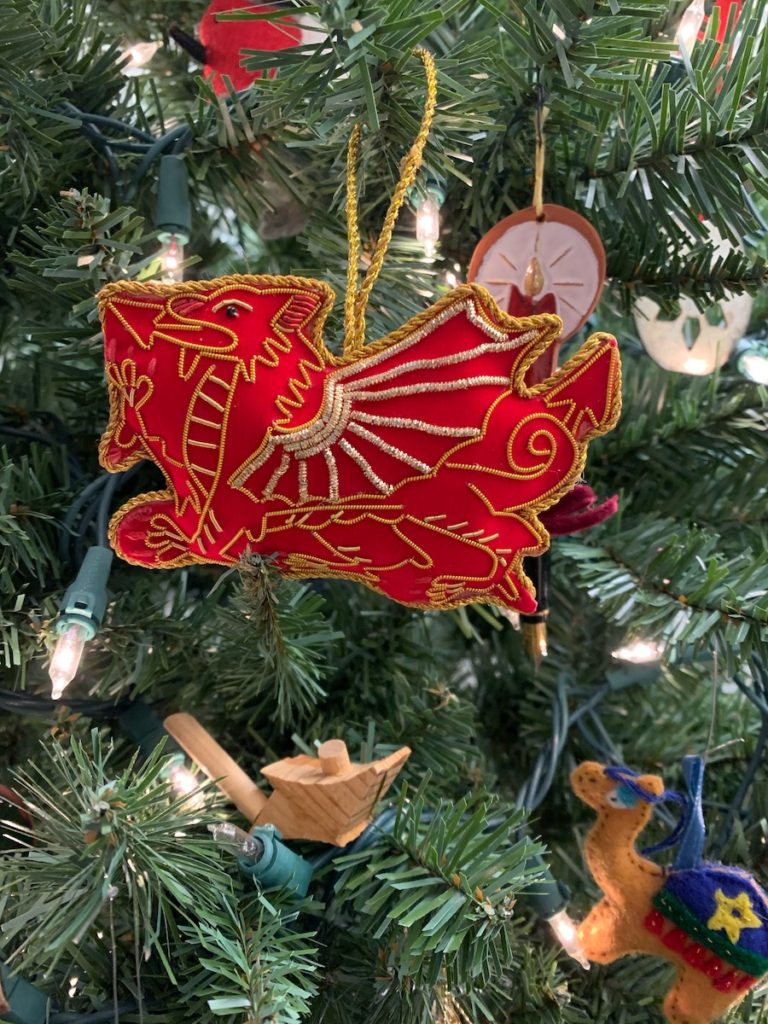
Epiphany, the feast that celebrates the arrival of the three wise men who came to honor Jesus, the newborn king, is the last of the 12 Days of Christmas. In past years, my family celebrated it with a little party and small presents. Then we’d take down the tree.
This year, Epiphany came and went, and while I removed the ornaments, the tree with its lights stayed put. “I’ll take it down next week,” I’d tell myself. But I didn’t. I still haven’t.
What is it about light in darkness? Throughout history, in religions, philosophies, literature, and language, light and darkness are often presented in conflict: darkness is something bad, something to be dispelled by its benevolent opposite, light. But such dualistic thinking doesn’t provide a true picture.
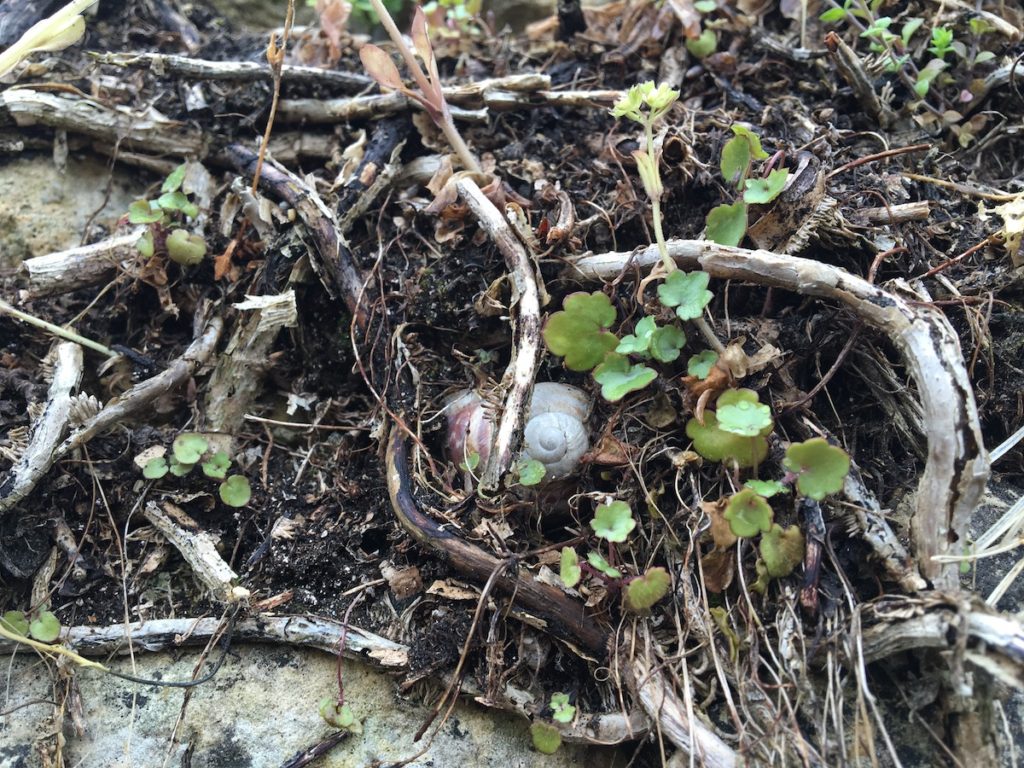
Darkness gets a bad rap. True, darkness can be threatening, hide dangers, or feel oppressive. But it also can hold grace and life. Seeds sprout in the darkness of soil; human beings develop in the darkness of the womb; soul-growth often happens beneath one’s consciousness, like during a classically described dark night of the soul. Darkness can provide a time of rest. There’s a reason people buy black-out blinds for their bedrooms and sleep experts advise the elimination of screen time as night approaches.
You can have too much light. When I bought the little Christmas tree, it was covered with lights. I didn’t notice just how many while looking at it in the garden store. The price tag boasted hundreds of lights in keeping with “the more lights the better” mindset. In that big, bright space, they looked fine. It wasn’t until I took the tree home, decorated it and plugged it in for the first time in the darkened living room that the problem become apparent.
Strings of lights overpowered the ornaments which disappeared beneath the glare. My new “burning bush” was too bright to enjoy. Looking at it hurt my eyes. The following year, the center string of lights burned out, the perfect excuse to remove them and replace with fewer strands. The ornaments, no longer lost in the white-out, shared their colors and memories. I could sit on the couch, sipping a cup of tea, and enjoy the sight.
It’s the balance. My tree with its mini-lights certainly will not dispel the darkness of my living room, of the troubled world that leaks into it, or the dark places in my soul. That’s not the point. It’s the both/and that brings comfort to me these dark winter nights.
We need the dark to see the light. And the tiny lights help me appreciate the shadows and restfulness of the dark. I can sit and absorb the healing graces of both.
My Christmas lights have done their work, soothing my spirit and reminding me that darkness as well as light can provide nurture, a place to grow, and a place to rest.
I’m ready to take the tree to the basement. Candles will take its place. I wonder if my neighbors will be able to see them.
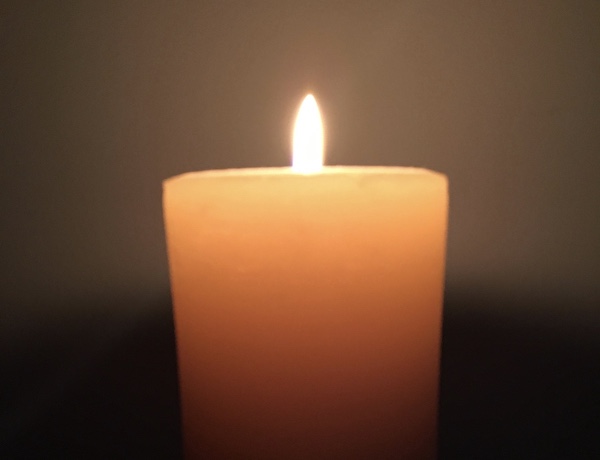
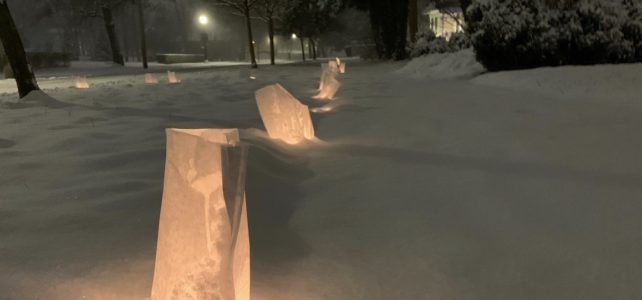
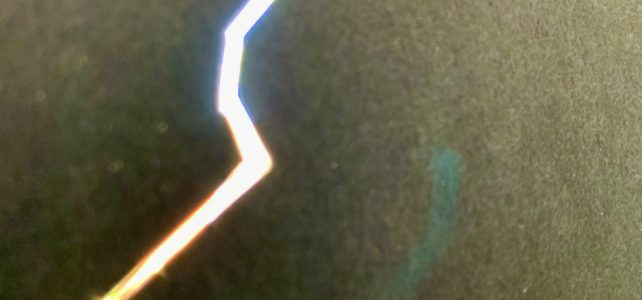
 Full disclosure: I’ve tried to write this column for weeks. Thoughts and notes spill across my journal pages; drafts of documents sit on my laptop. Prayer and vigil candles are spent. Life feels heavy. Sometimes overwhelming. The state of our world and our country is revealing the dark, shadowy side beneath our comfortable façade. And cracks in that façade are everywhere.
Full disclosure: I’ve tried to write this column for weeks. Thoughts and notes spill across my journal pages; drafts of documents sit on my laptop. Prayer and vigil candles are spent. Life feels heavy. Sometimes overwhelming. The state of our world and our country is revealing the dark, shadowy side beneath our comfortable façade. And cracks in that façade are everywhere.